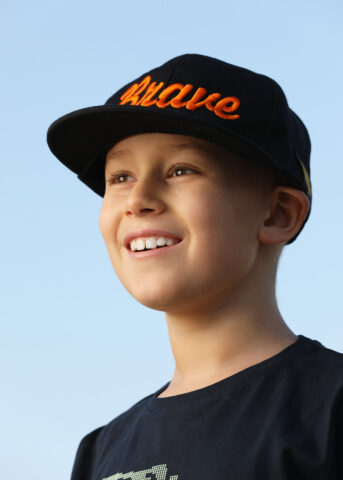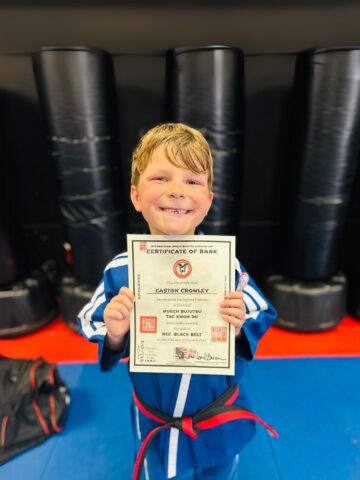Spotting stroke symptoms in kids and teens
When 16-year-old Hector complained of not feeling well, his mom, Elva, thought it was because he had just gotten his wisdom teeth out.
Turns out, Hector’s mild headache and sporadic numbness and tingling were signs of an ischemic stroke.
Thanks to the expert care from the team at CHOC’s Neuroscience Institute, a year later, Hector is doing well. He loves to play video games and hang out with his sister Elizabeth. He’s also looking forward to graduating high school, going to college and starting a career.
Strokes are rare, but do occur in children and teens
It’s common for parents to overlook the signs of strokes in children.
“Although strokes are much more common in adults than in children, approximately 5 in every 100,000 children experience a stroke every year in the U.S.,” says Dr. Rachel Pearson, neurologist and medical director of CHOC’s stroke program.
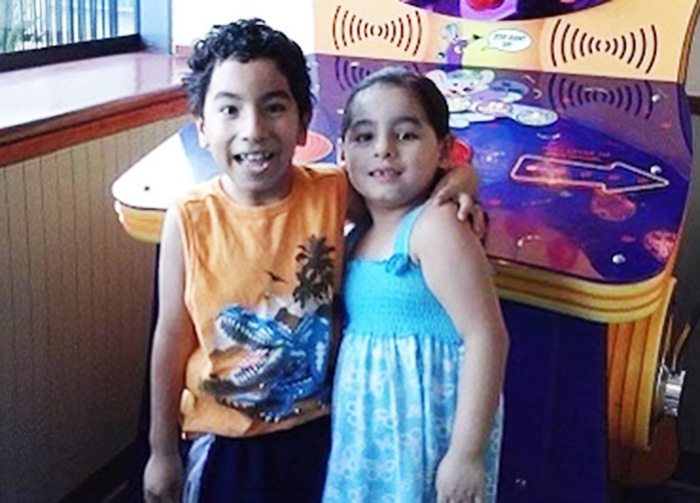
However, the diagnosis of a stroke in a child or teen is often delayed or even missed due to more common conditions that mimic stroke and a lack of awareness that strokes occur in children, she adds.
Elva was familiar with the signs of strokes. Her dad had a stroke a few years prior, and Elva remembered that he had an intense headache and was unable to move normally. Hector had mild symptoms and was able to move around normally. Elva didn’t suspect that Hector was having a stroke like her father did.
Expert care from the stroke program at CHOC’s Neuroscience Institute
After not feeling well for a couple of days, Hector and Elva went to their nearest emergency room. There, Hector was diagnosed with a stroke and transferred to CHOC for more specialized care. He stayed at CHOC for the next three weeks.
“For somebody who doesn’t understand what’s going on, being in the hospital can be stressful.” Says Elva. “With my experience caring for my dad after his stroke, I knew how to keep Hector calm.”
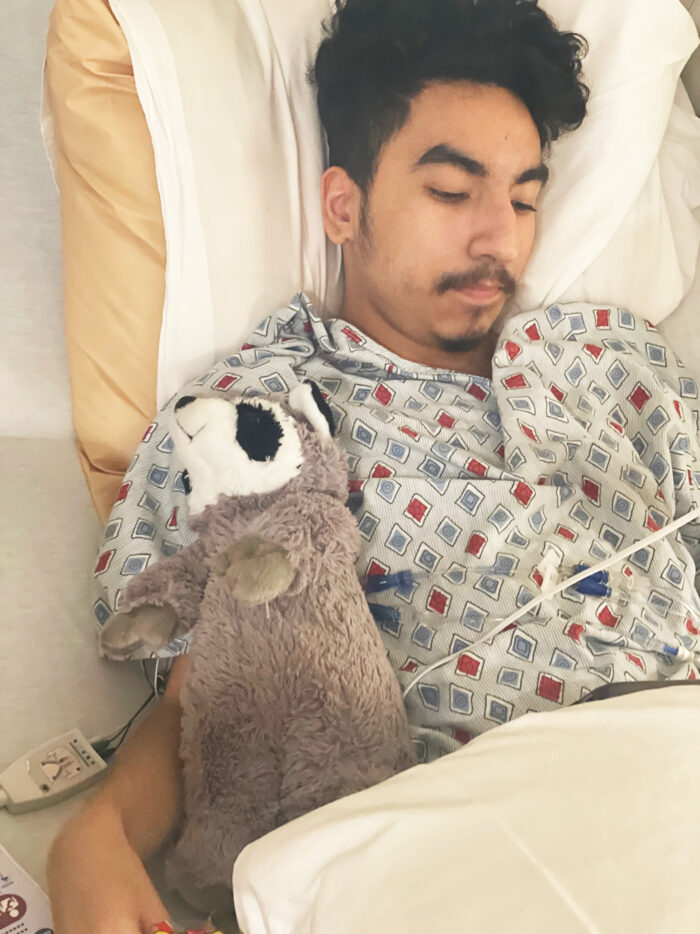
“There were a lot of ups and downs, but the staff at CHOC was great. They were so nice and answered all our questions,” she adds.
Fortunately, Hector’s stroke didn’t cause long-term damage, and he made a complete recovery. Children can often recover more easily and completely from stroke than adults because their brains are still growing and developing, says Dr. Pearson.
Helping other families see the signs of strokes in kids
Now, a year later, Hector takes preventative medications, but he has been able to resume all his normal activities. He still visits CHOC regularly for checkups.
“It was a hard experience for our family to go through, but we learn from every experience,” says Elva.
Elva hopes that sharing her family’s story will help other families in similar situations know that they are not alone.
“It can be hard to tell the signs of stoke because everyone is different,” says Elva. “But keep an eye on your kids and get them checked out if something is off. Mumbling and having slurred speech are important signs that I didn’t know about before.”
To become familiar with the warning signs of stroke, Dr. Pearson suggests that parents learn the acronym, B.E. F.A.S.T. It can help them take swift, appropriate actions if their child exhibits signs of stroke.
Early diagnosis is key, because “time is brain.” The earlier a diagnosis is made, the more treatment options may be available, and the greater likelihood for a full recovery, she says.
Learn more about how to recognize stroke symptoms in kids.

 Print this chart
Print this chart
Get more expert health advice delivered to your inbox monthly by subscribing to the KidsHealth newsletter here.
Get more expert health advice delivered to your inbox monthly by subscribing to the KidsHealth newsletter here.
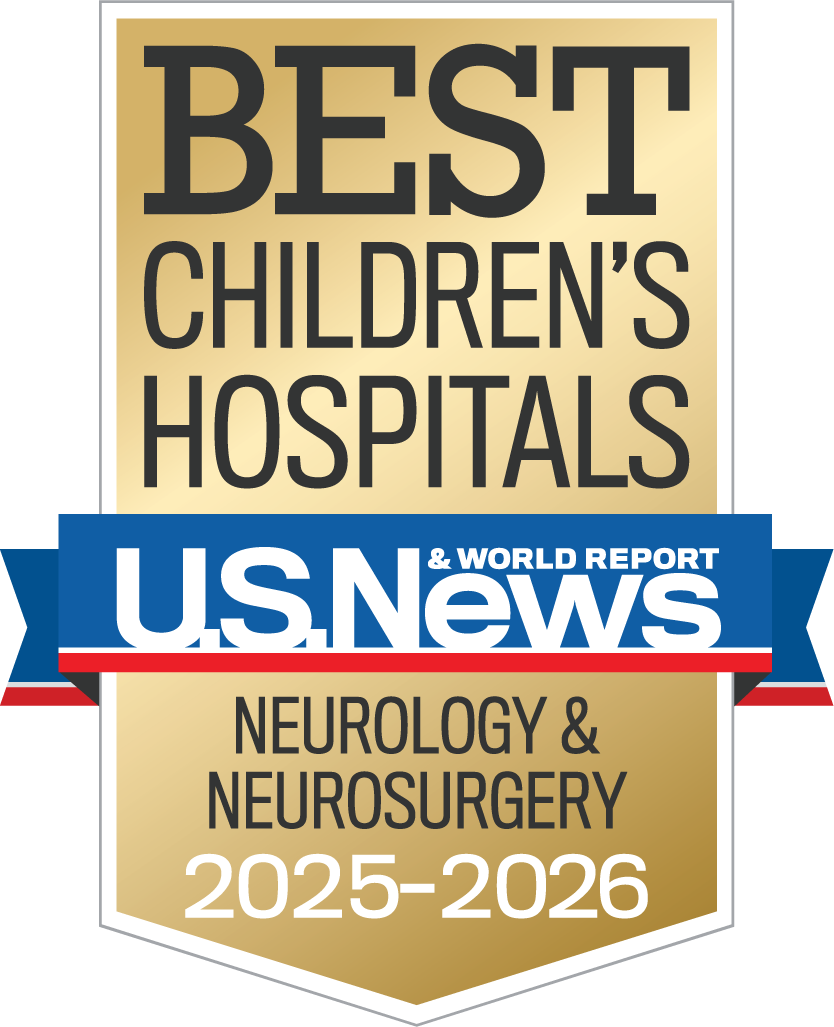
Learn more about CHOC’s Neuroscience Institute
CHOC Hospital was named one of the nation’s best children’s hospitals by U.S. News & World Report in its 2025-26 Best Children’s Hospitals rankings and ranked in the neurology and neuroscience specialties.

